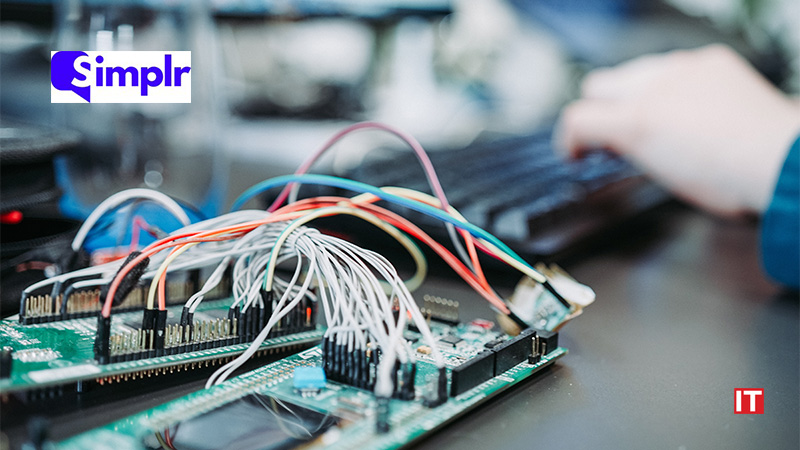A new thousand-person consumer survey released by Simplr finds that, while Boomers, Gen X, Millennials, and Gen Z have different impressions of customer service chatbots, they can all agree on the fundamental necessity of easy transfers to a live human. According to the report, generated from the results of a survey of 1,000 US adult consumers, 80% become much more willing to use a chatbot if they know they can easily and quickly transfer to a live person.
The study also found that a seamless transfer from bot to human results in 60% of consumers being more likely to continue to do business with the brand in the future. However, when a chatbot fails and there is no option to transfer to a live agent, the impact is disastrous for the business: Such experiences make 60% of consumers less likely to remain a customer.
This study found that chatbot usage has doubled since 2020: 18% of consumers have used a chatbot in the past three months, compared to 9% in 2020. However 49% of consumers rate their willingness to actually use a chat as “neutral.” In other words, chatbots are becoming more ubiquitous yet customers are not showing a strong willingness to use them. This reveals a major missed opportunity – chatbot vendors have clearly prioritized quantity of interactions over quality of experiences.
Prior research has found that when consumers have to wait longer than 47 seconds to have their issue resolved via chat, they will rate the interaction as “poor.” Today’s new study reveals that consumers are willing to wait an average of 13 minutes to be transferred to a human, indicating that consumers expect a time-consuming, frustrating, and ultimately disappointing experience whenever they enter a live chat
“The damage current chatbot vendors are wreaking upon brands is disastrous. It has come to the point that customers expect to leave the interaction having had a poor experience,” said Daniel Rodriguez, Simplr CMO and co-author of Experience is Everything. “Why should CX leaders settle for 13 minute wait times when consumers are expecting their issue to be resolved in a fraction of that time?? CX leaders and their customers deserve a new way forward, where bots and humans collaborate seamlessly to solve inquiries in the most beneficial and impactful way possible.”
Generational differences: Boomers ask to “hold the bot”; Gen Z welcomes them
According to the study, there are stark generational differences when it comes to desirable customer service interactions. Twenty percent of Gen Z consumers prefer to start with a chatbot, compared to only 4% of Boomers. Meanwhile, 71% of Boomers prefer to start by talking on the phone with a live agent, compared to 41% of Gen Z consumers.
Additionally, while only 20% of consumers overall said they were pleased to see chatbots pop up on a site when they were not actively seeking help, this experience drew particular ire from Boomers. 53% of Boomer respondents indicated that uninitiated chatbots “annoyed” them, compared to only 28% of millennials and 24% of Gen Z consumers.
Also Read: Aktify Named Winner in 2022 Artificial Intelligence Excellence Awards
“These results underscore the importance of taking into consideration who your target audiences are when you are designing your chatbot experiences,” said Rodriguez. “Those that appeal to younger audiences can afford to be more ‘chatbot forward’ in their CX approach, while those who sell to Boomers need to make sure there is human assistance easily available.”
About Simplr
Simplr is the conversational experience platform for the NOW CX era. The company’s AI-enabled platform unites chatbots and human assistance to deliver instantly scalable premium pre-sale shopping assistance and customer support
































